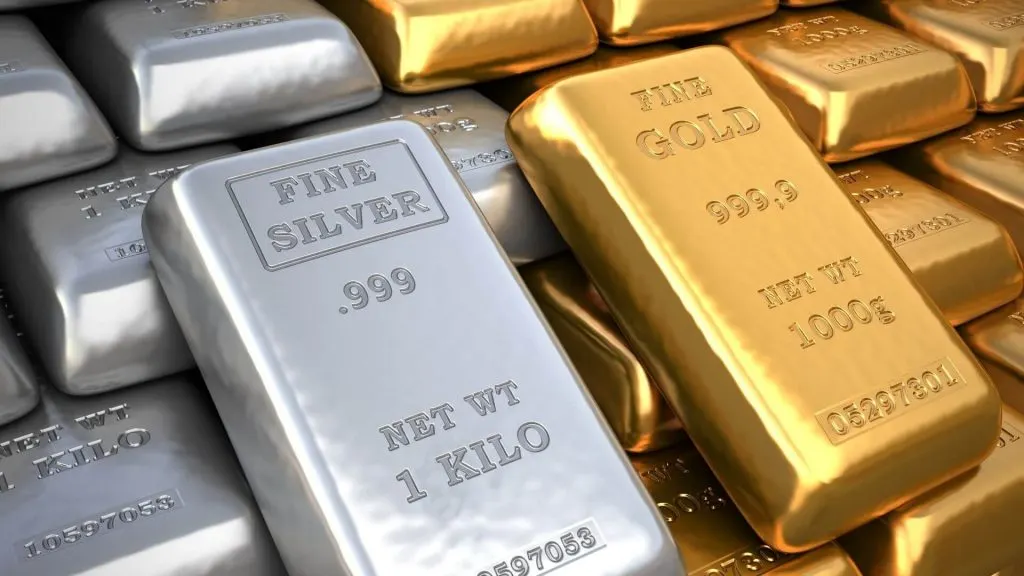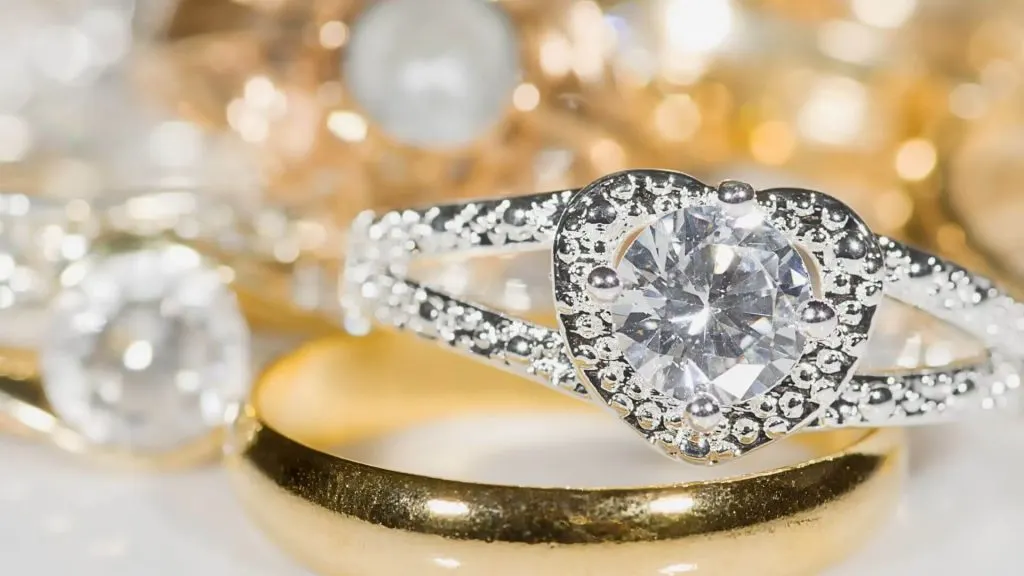Precious metals are valuable commodities that have been used for currency and investment for centuries. Gold, silver, and platinum are the most commonly traded precious metals, but rarer metals such as palladium and rhodium are also. Investing in precious metals can be a wise decision to diversify your investment portfolio and hedge against economic uncertainty. However, before you invest in precious metals, there are a few things you need to know.

Investing In Precious Metals
There are Different Ways to Invest in Precious Metals
You can invest in precious metals through ETFs or retirement accounts. Exchange-traded funds (ETFs) are baskets of assets traded on an exchange like a stock. ETFs that invest in precious metals hold gold, silver, or other precious metal stocks and can be bought and sold just like any other stock. You can also invest in precious metals through a retirement account such as a 401(k) or IRA. The retirement account gives you the option of converting IRA to gold by investing in precious metals. This is a tax-advantaged way to invest in precious metals, and you will not have to pay any taxes on your profits when you retire.
Precious Metals are a Long-Term Investment
Precious metals are not like stocks or bonds, which can be bought and sold quickly for a profit (or loss). They are a long-term investment, and it can take years to see any return on your investment. This makes them best suited for investors with a long-term time horizon. Because of this, they are always in demand for safe-haven assets. They are relatively stable against major currencies. Their price predictability makes them ideal for hedging against inflation. They are more tangible assets than stocks or bonds. In other words, you should not expect to get rich quickly by investing in precious metals.

Precious Metals are Volatile
Precious metals are considered volatile investments, which means their prices can go up and down rapidly in response to economic news or events. For example, the price of gold tends to go up when there is political or economic uncertainty, like during wars or recessions. This volatility can be both good and bad for investors. On the one hand, it means there is the potential for large profits if you invest when prices are low and sell when they are high. On the other hand, it also means there is the potential for large losses if you do not know what you are doing.
Precious Metals are Not Correlated With Other Assets
Precious metals tend to move independently of other asset classes such as stocks and bonds. This means that they can be a good way to diversify your investment portfolio and protect yourself from losses in other markets. For example, if the stock market crashes, the price of gold might go up. Or, if there is inflation, the price of gold might go up while the value of bonds goes down. Precious metals can also be used to hedge against economic uncertainty.
There is No One “Best” Precious Metal to Invest in
There is no one “best” precious metal to invest in – it depends on your individual goals and circumstances. For example, if you are worried about inflation, you might want to invest in gold because it has a history of retaining its value in times of inflation. Or, if you are worried about the stock market crash, you might want to invest in silver because it tends to do well when the stock market is down.
If you’re interested in investing in precious metals, considering to invest in silver bullion. Silver Bullion offers a secure and reliable way to invest in physical silver bullion, allowing you to diversify your investment portfolio and potentially earn solid returns over time.
Each precious metal has its unique properties and risks, so it’s important to do your research before investing. For example, gold is a good investment during political or economic uncertainty, while silver tends to do well when the stock market is down. It’s also important to consider how much you can afford to invest, as precious metals can be expensive.

Know How to Handle Liquidating Your Assets
When you want to cash out, know that the spot price is what you’ll receive per ounce. Precious metals investors typically don’t unload all at once because it can create a taxable event. To defer taxes, they may utilize tactics like gradually selling precious metals or selling other assets to take advantage of lower capital gains rates. It would help if you also had a solid plan for where the proceeds will go once you make the sale. For example, you might reinvest the money in other assets, such as stocks or bonds, or use it to buy a property or pay down debt.
Precious metals can be a good way to diversify your investment portfolio and protect yourself from losses in other markets. However, they are volatile, and there is the potential for large losses if you do not know what you are doing. Make sure you understand the risks involved before investing and always have a plan for how you will cash out your assets.

Jessi is the creative mind behind The Coffee Mom, a popular blog that combines parenting advice, travel tips, and a love for all things Disney. As a trusted Disney influencer and passionate storyteller, Jessi’s authentic insights and relatable content resonate with readers worldwide.
